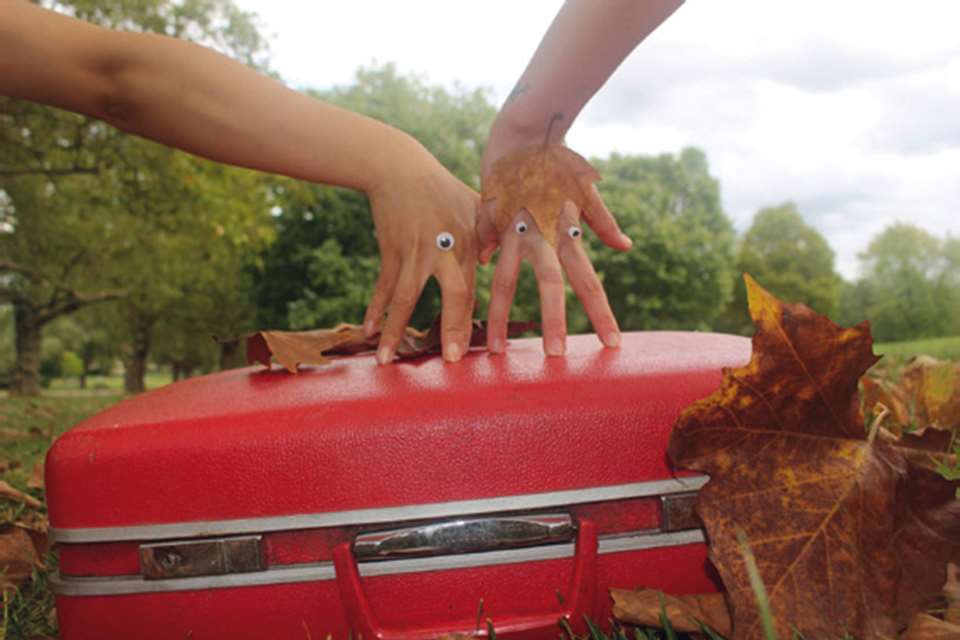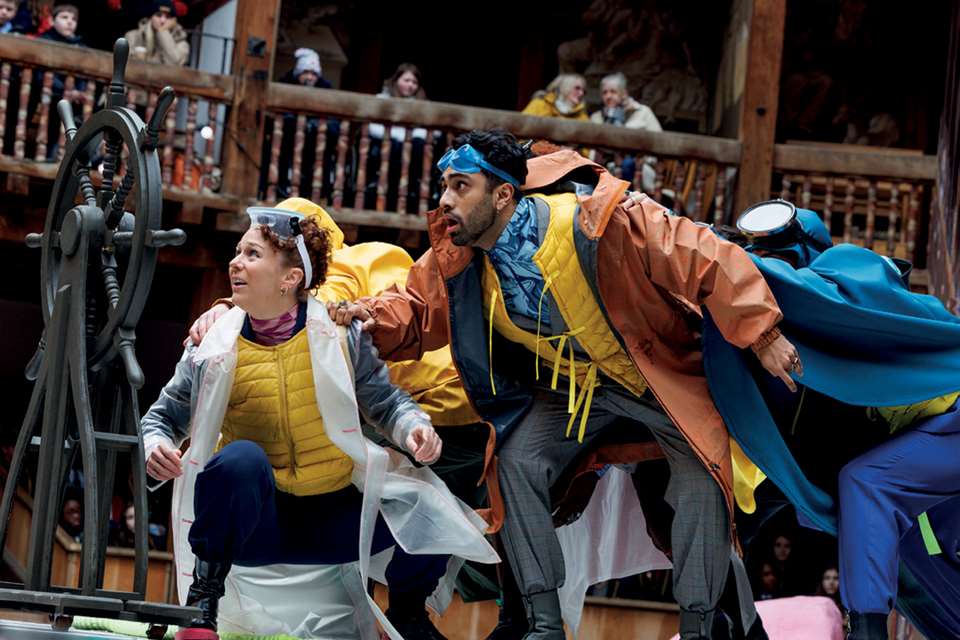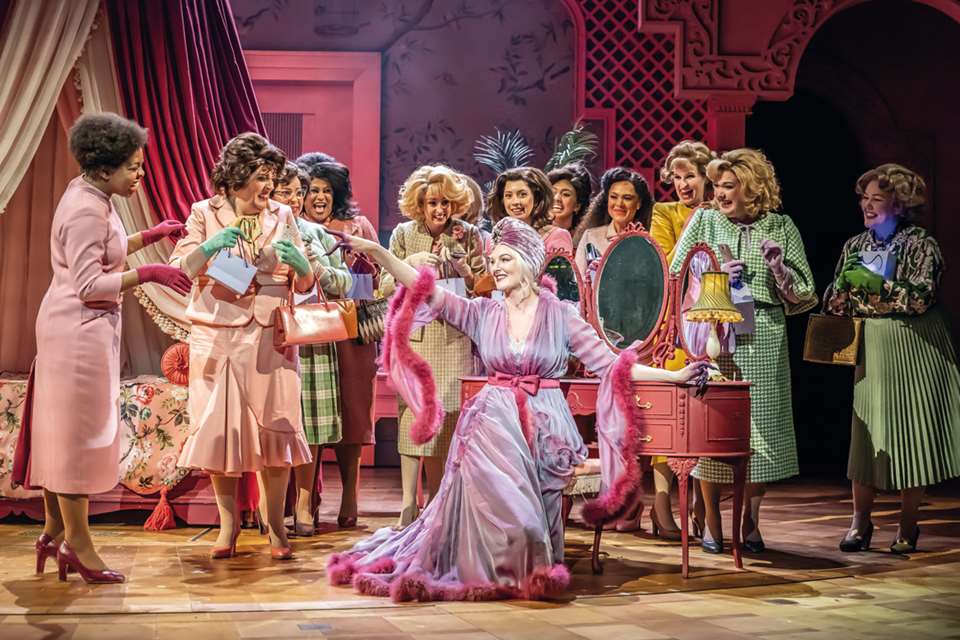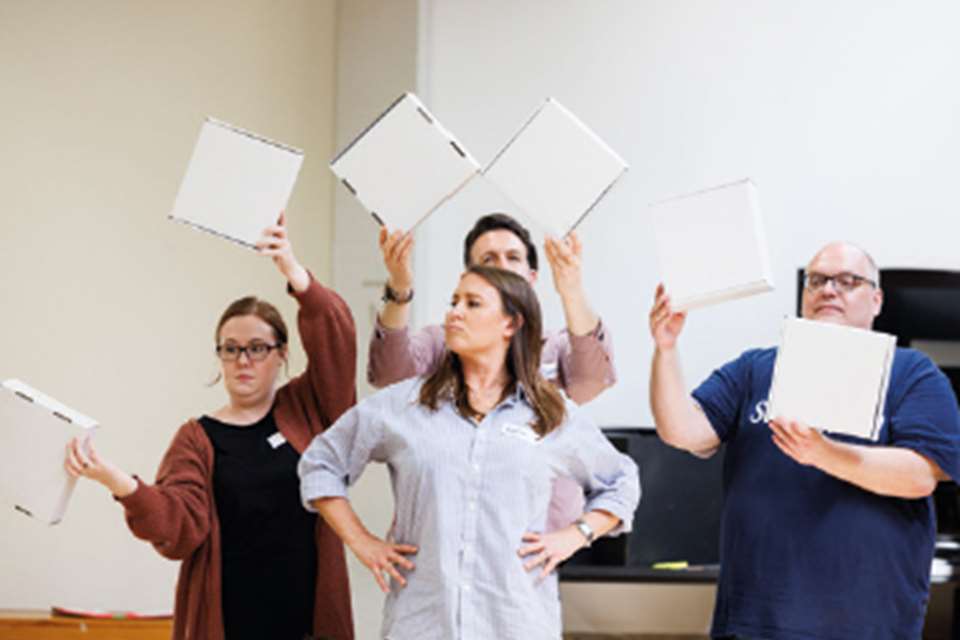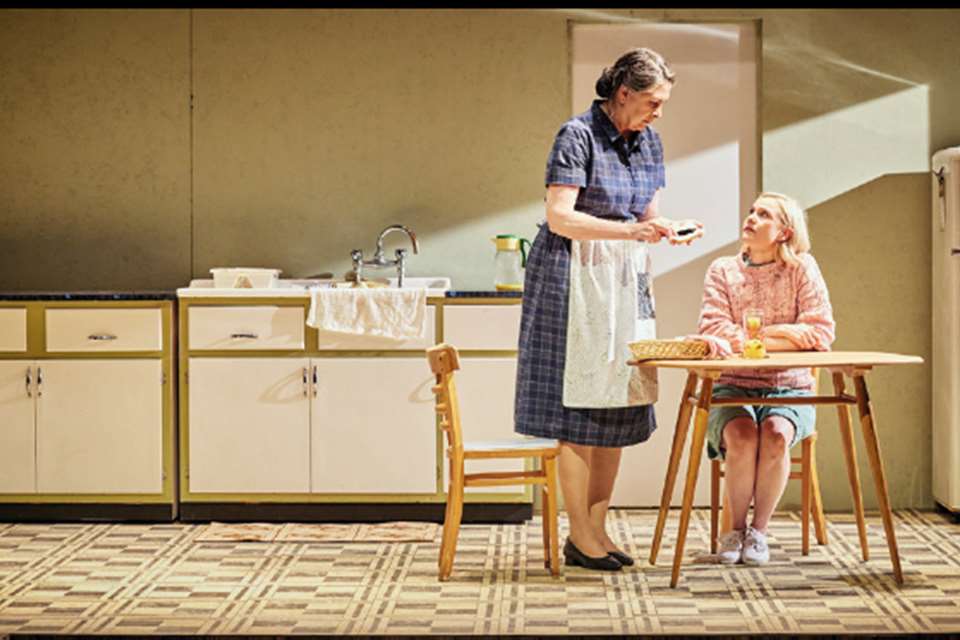Book reviews: Curtain Up! How to Stage Great Youth Productions
Alicia Pope
Thursday, February 1, 2024
'A brilliant option for educators, despite the choice of cover,' says reviewer Alicia Pope.
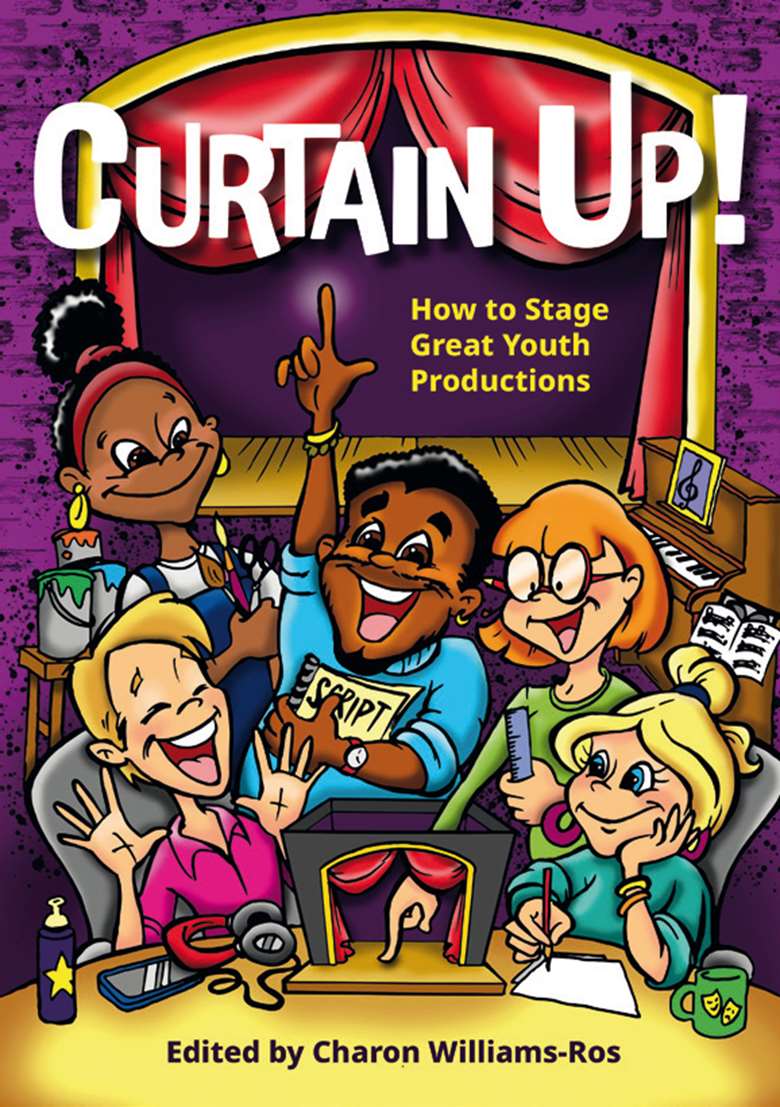
Curtain Up! How to Stage Great Youth Productions
They say you should never judge a book by its cover, and this is certainly true of Curtain Up!. The exaggerated graphics on the front cover did not appeal to me and it didn't look like a book that would be aimed at me, but I was wrong and Curtain Up! is an extremely useful starting point for anyone wanting to put on a school or amateur theatre production.
The book is divided into sections based on direction, vocal direction, choreography, production design, puppets and props, scriptwriting, lighting design and publicity with each section written by an expert in the field. Each chapter begins with a short introduction to the writer followed by a closer look at some of the main areas that you would need to consider before and during a performance run.
The book is full of really useful advice for putting on shows but also useful advice for classroom teachers who are considering any sort of production or managing smaller scale performances for students either as extra-curricular or as part of an exam series.
In the direction section I found Stephen Stead's ideas on scheduling and running rehearsals helpful as well as his useful advice on casting and running auditions. Shelley McLean's vocal direction chapter has useful details for looking after your voice which would be helpful for all performers. The concept of the budget is raised in the book which would be a vital concern from the outset of any production and there are ideas for how top make the most of the budget and how to save money on what you could do yourself.
Peter Court's chapter on puppets and props includes instructions for making puppets and although some it would be more suited to an art department project the instructions are clear and could be adapted into something that you could explore in the drama classroom. Tina Le Roux's lighting design chapter would certainly be helpful if you are new to lighting design and need some help getting started for a show or in the drama studio. Illa Thompson's section on publicity is also extremely useful with a rundown of where and when to publicise your production.
Overall, this book has lots of really useful ideas for where to begin when putting on a show but also contains a variety of useful tips for use in the classroom.


